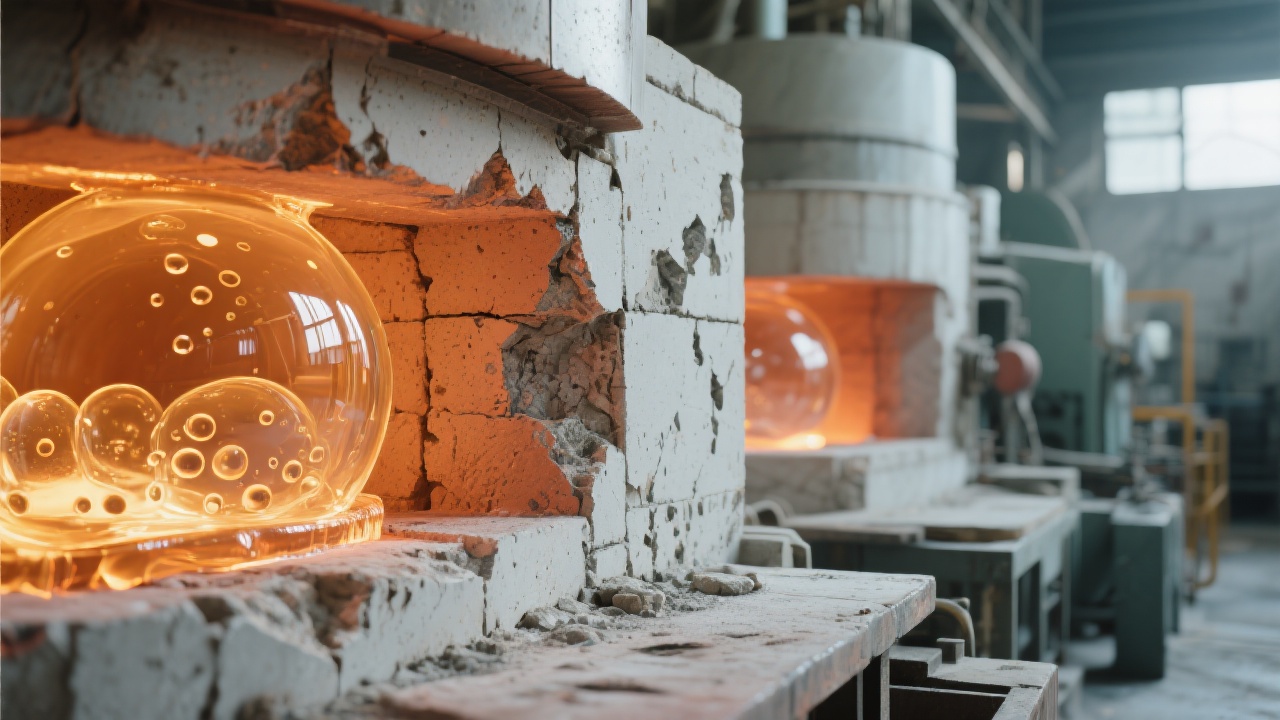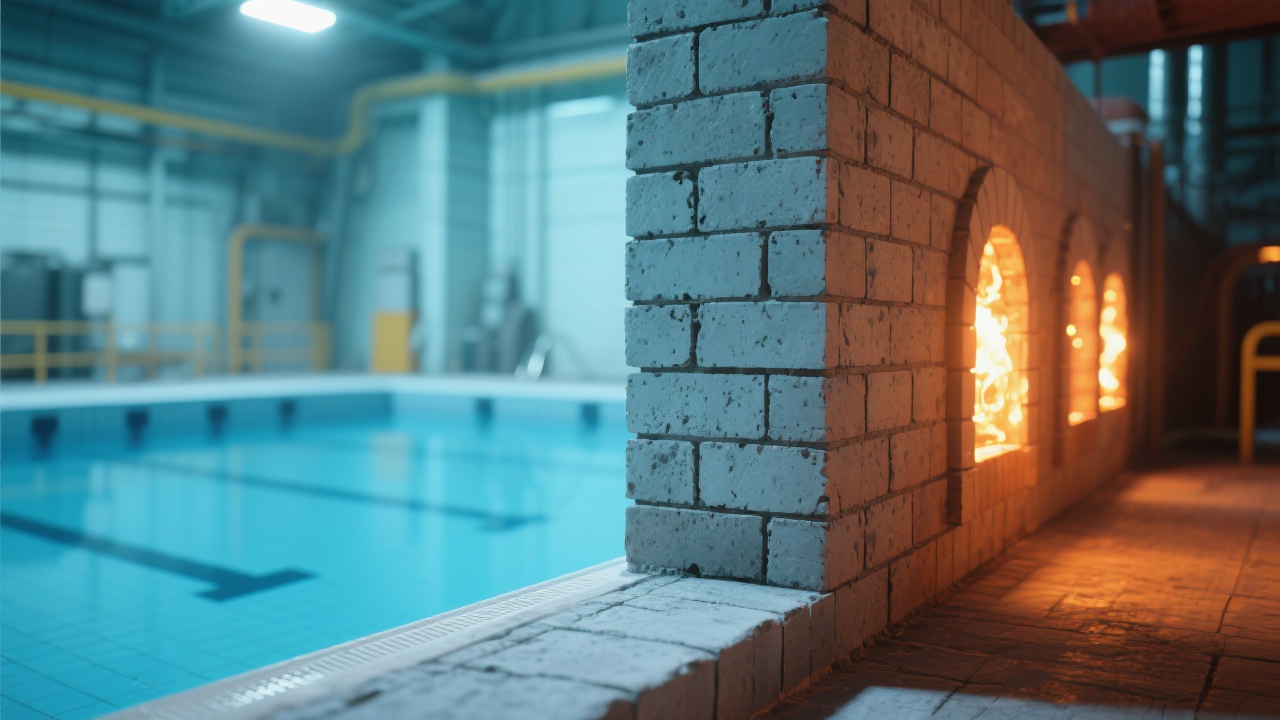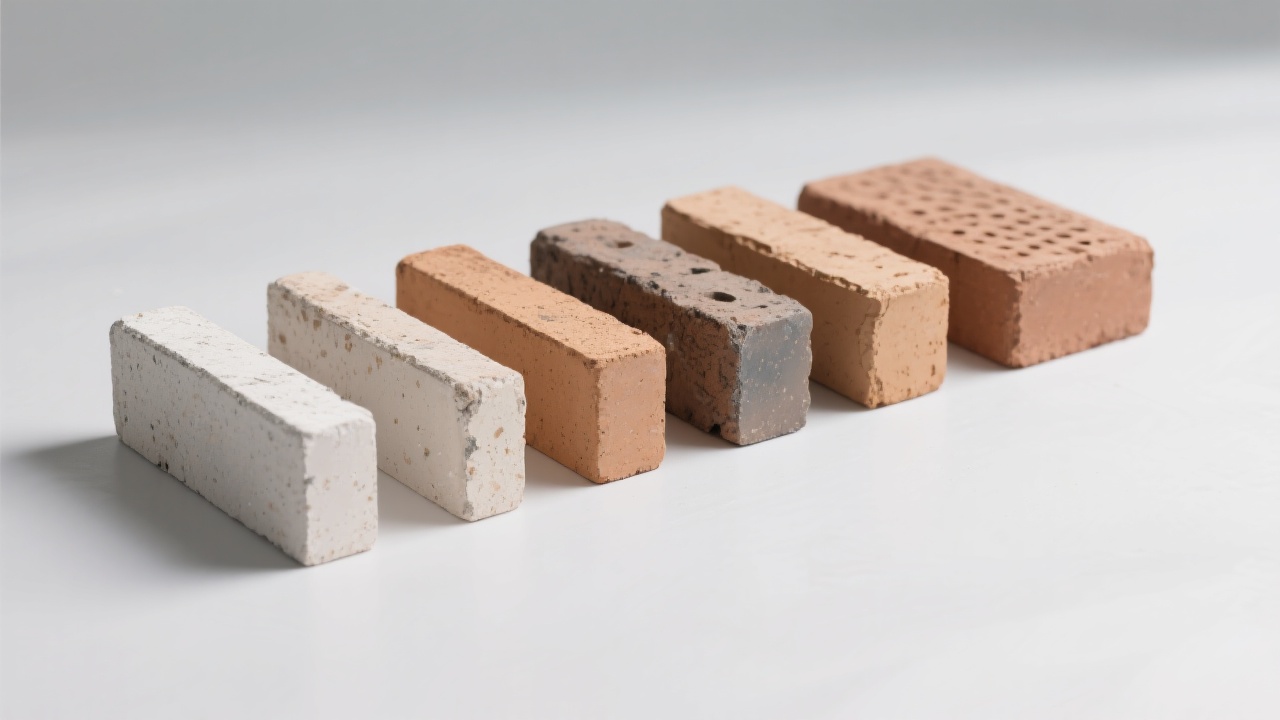
In the long - standing experience of the refractory materials industry, it has been found that the selection of raw materials is the cornerstone of producing high - quality large cast sillimanite bricks. High - purity sillimanite ore is the primary raw material, usually with an alumina content of over 55%. Other additives, such as clay and quartz, are also carefully selected. For example, the clay should have good plasticity and bonding properties, and the quartz should have a suitable particle size distribution. These raw materials are mixed in a specific ratio. A common ratio might be 70% sillimanite, 20% clay, and 10% quartz. This mixture ensures the basic chemical and physical properties of the final product, like high refractoriness and thermal stability.

Once the raw materials are mixed, the next step is to prepare the slurry. The mixed raw materials are added to a ball mill with an appropriate amount of water. The ball - milling process usually lasts for about 4 - 6 hours, depending on the desired fineness of the slurry. The fineness of the slurry particles is crucial, as it affects the fluidity and casting performance. A well - prepared slurry should have a viscosity of around 30 - 50 Pa·s at room temperature. This viscosity allows the slurry to flow smoothly into the mold while ensuring uniform distribution of the particles. According to industry research, a slurry with the right viscosity can reduce the occurrence of defects such as air bubbles and cracks in the final product by up to 30%.
After the slurry is ready, it is manually poured into plaster molds. Plaster molds are widely used because of their good water - absorption properties, which help the slurry to solidify quickly. Workers need to be very careful during the pouring process to avoid splashing and ensure that the slurry fills the entire mold evenly. The pouring speed is also important. A too - fast pouring speed may cause air entrapment, while a too - slow speed may lead to uneven distribution of the slurry. From the perspective of production line workers, this step requires a lot of practice and experience to master. Once the slurry is poured, the mold is left to stand for about 1 - 2 hours to allow the initial setting of the slurry.

After the initial setting, the semi - finished bricks are removed from the plaster molds and transferred to a drying chamber. The drying process is divided into two stages: low - temperature drying and high - temperature drying. In the low - temperature stage, the temperature is maintained at around 60 - 80°C for about 12 - 18 hours to remove most of the free water. Then, the temperature is gradually increased to 120 - 150°C for another 8 - 12 hours to remove the remaining bound water. This two - stage drying process helps to prevent cracking and deformation of the bricks. According to technical experts, proper drying can improve the strength of the bricks by about 20%.
The final and most critical step is the firing process. The dried bricks are placed in a high - temperature kiln. The firing temperature usually reaches 1350 - 1450°C, and the heating rate is carefully controlled. A slow heating rate of about 10 - 20°C per hour is used to ensure uniform heating inside the bricks. The firing process lasts for about 24 - 36 hours. During this time, the chemical and physical properties of the bricks are further optimized. For example, the alumina in the sillimanite reacts with other components to form new mineral phases, which enhance the refractoriness and mechanical strength of the bricks. After firing, the bricks are slowly cooled to room temperature to relieve internal stresses.

In conclusion, each step in the production process of large cast sillimanite bricks is crucial for ensuring product quality. From raw material selection to firing, every detail is carefully controlled. Our large cast sillimanite bricks offer high refractoriness, excellent thermal stability, and long service life. If you are interested in learning more about our products or have specific requirements, click here to contact us. You can also tell me about your industry's specific needs, and I'll send you 3 case studies of similar industries.


